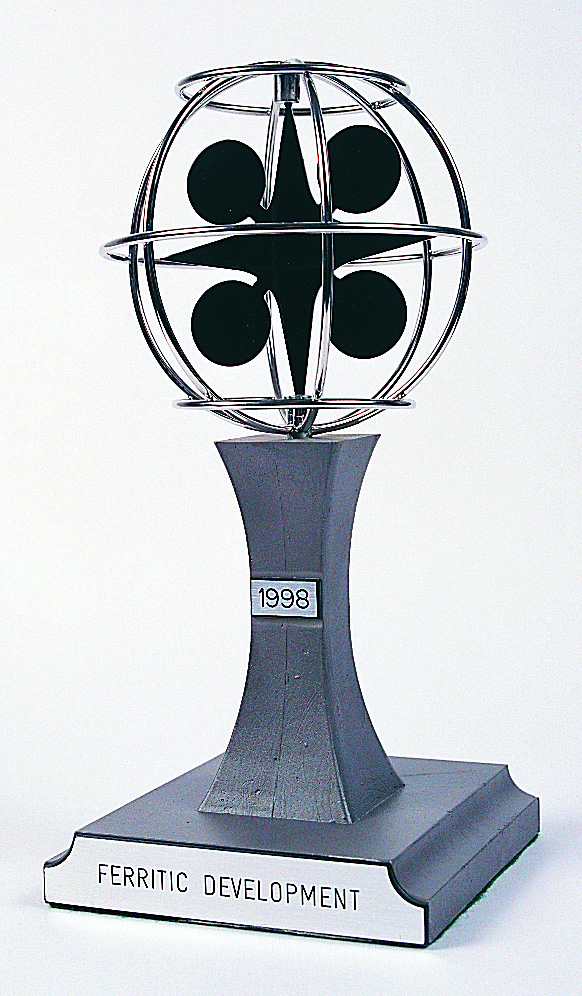
Queensland Rail has achieved international recognition for its use of stainless steel in coal wagons by winning the ferritic stainless steel category in the Stainless Steel Awards in South Africa recently.
Entrants were judged on criteria including usage, application, substitution, growth, fitness for purpose, cost saving and effectiveness of solutions.
The award recognised Queensland Rail's use of weldable UNS S41 003 stainless steel as the preferred material for coal wagons. These wagons have performed successfully for 10 years.
According to Queensland Rail, the stainless has proven to be long lasting and low maintenance in comparison to aluminium and carbon steel wagons which were previously used. They intend to replace 55% of their fleet (3079 wagons) with stainless wagons by 2001.
The main advantage of using stainless steel over other materials is its resistance to corrosion.
 All coal in Queensland is washed at the mine and transported wet. Wagons made out of materials susceptible to corrosion deteriorate very quickly under these conditions. For example, carbon steel wagons need to be coated with hot zinc every 1 0 years to protect against corrosion. Because this is not necessary with stainless, dramatic lifecycle cost savings can be achieved. Additional cost savings are made with stainless because improved design has resulted in reduced tare mass which reduces the number of wagons needed to carry the same amount of coal. This leads to lower operating costs per tonne of coal hauled and less demand on the infrastructure as fewer trains are running.
All coal in Queensland is washed at the mine and transported wet. Wagons made out of materials susceptible to corrosion deteriorate very quickly under these conditions. For example, carbon steel wagons need to be coated with hot zinc every 1 0 years to protect against corrosion. Because this is not necessary with stainless, dramatic lifecycle cost savings can be achieved. Additional cost savings are made with stainless because improved design has resulted in reduced tare mass which reduces the number of wagons needed to carry the same amount of coal. This leads to lower operating costs per tonne of coal hauled and less demand on the infrastructure as fewer trains are running.
Until recently the application of stainless to coal wagons had been disregarded due to perceived high cost. However with the development of low cost, weldable ferritic grades of stainless, its use for coal wagons was reassessed and found to be effective.
The durability of stainless steel had previously been recognised in the railway industry in passenger trains (grade 301) and wagons carrying water to isolated regions (small amount of grade 304).
Stainless steel is now being considered for other freight wagons, with small numbers of wagons that haul aggressive material concentrates being built in grade 316.
This article featured in Australian Stainless magazine - Issue 13, May 1999.